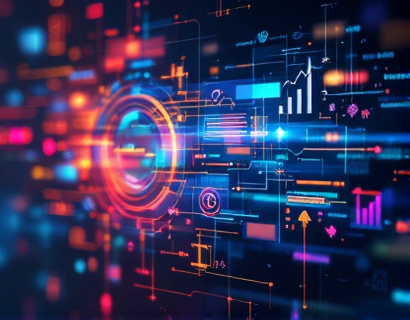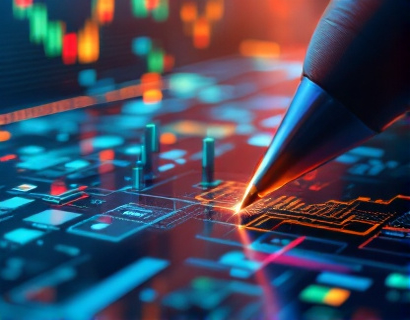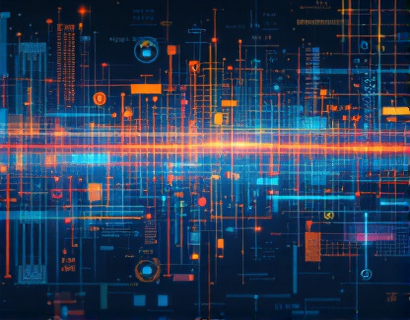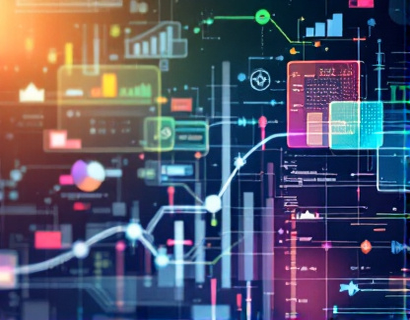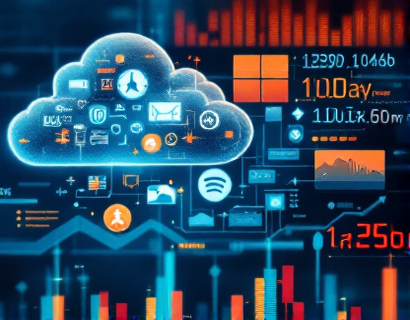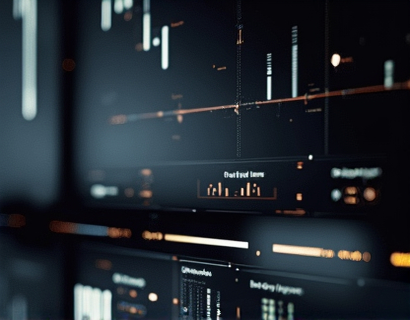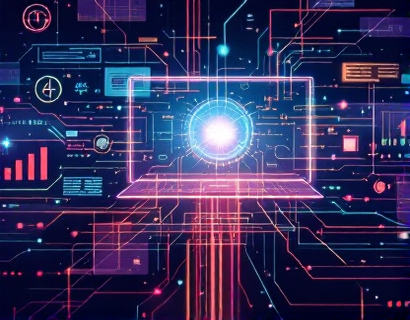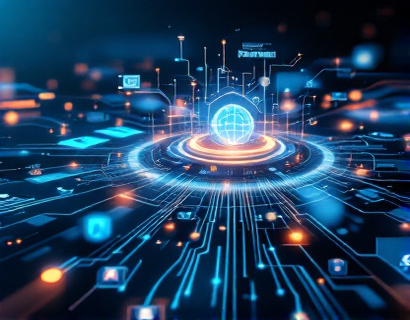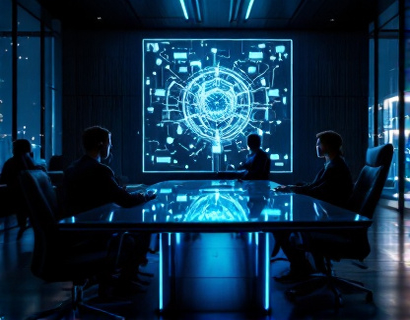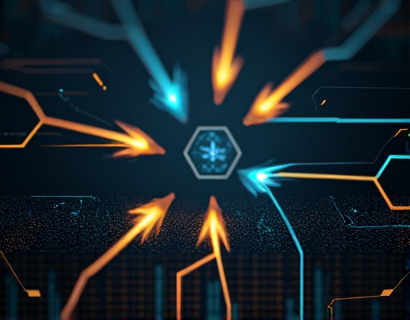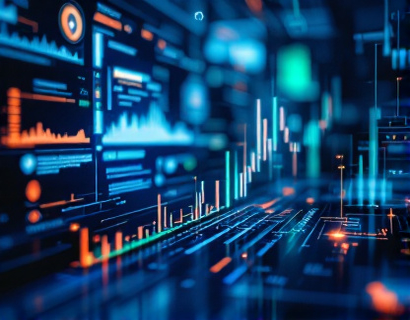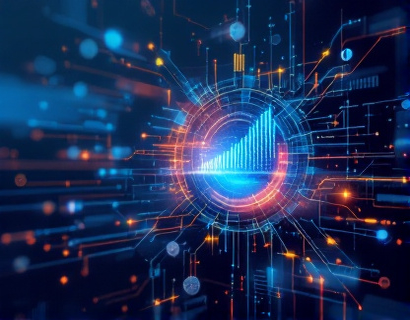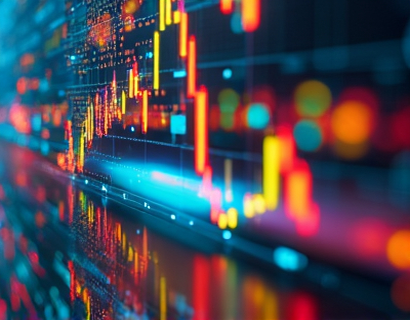Blockchain for Art: Revolutionizing the Preservation and Tracking of Historical Artifacts with Decentralized Solutions
The art world is on the cusp of a transformative era, driven by the integration of blockchain technology. This innovative approach promises to revolutionize the preservation and tracking of historical artifacts and artworks, ensuring their authenticity and provenance are verifiable and secure. By leveraging decentralized solutions, blockchain technology fosters trust and collaboration among collectors, museums, and cultural institutions, safeguarding our shared cultural heritage for future generations.
Blockchain, at its core, is a distributed ledger technology that records transactions across multiple computers in such a way that the registered transactions cannot be altered retroactively. This inherent characteristic makes it an ideal tool for the art world, where the authenticity and provenance of artworks are paramount. Traditional methods of verifying an artwork's history and ownership are often cumbersome, prone to fraud, and lack transparency. Blockchain offers a decentralized, immutable, and transparent alternative.
Verifying Authenticity and Provenance
The authenticity of an artwork is crucial for its value and legitimacy. Blockchain technology can provide an unbreakable chain of custody, documenting every transaction and ownership change since the artwork's creation. Each block in the chain contains a cryptographic hash of the previous block, along with transaction data, making it virtually impossible to alter past records without detection. This ensures that the provenance of an artwork is tamper-proof and verifiable by anyone with access to the blockchain.
For instance, when an artist creates a piece, the blockchain can record the creation date, the artist's signature, and any relevant certificates of authenticity. As the artwork changes hands, each transaction is logged on the blockchain, creating a comprehensive and transparent history. Collectors and institutions can easily verify the artwork's authenticity by checking the blockchain records, reducing the risk of purchasing counterfeit pieces.
Enhancing Trust and Collaboration
The art market is often characterized by a lack of trust and fragmented information. Blockchain technology addresses these issues by providing a single, reliable source of truth. Museums, galleries, and private collectors can collaborate more effectively, sharing verified information about artworks and their histories. This transparency fosters a more trustworthy environment, encouraging more transactions and investments in the art market.
Moreover, blockchain can facilitate international collaborations and loans between institutions. The immutable nature of blockchain ensures that all parties have access to the same, accurate information, reducing disputes and misunderstandings. This collaborative approach not only enhances the efficiency of the art market but also promotes a deeper understanding and appreciation of cultural heritage.
Safeguarding Cultural Heritage
The preservation of cultural heritage is a global concern, and blockchain technology offers powerful tools to address this challenge. By recording the history and condition of historical artifacts on the blockchain, institutions can monitor and manage their collections more effectively. This digital record-keeping ensures that artifacts are properly cared for and that any changes in their condition are documented and traceable.
In cases of theft or illegal trafficking, blockchain can play a crucial role in recovery efforts. The immutable records on the blockchain can help authorities trace the history of stolen artifacts, making it easier to identify and return them to their rightful owners. This not only protects cultural heritage but also deters illegal activities by increasing the risks and consequences for perpetrators.
Benefits for Collectors and Enthusiasts
For collectors and art enthusiasts, blockchain technology offers numerous benefits. The ability to verify the authenticity and provenance of artworks with ease enhances the collecting experience, providing peace of mind and confidence in investments. Collectors can also benefit from a more transparent and efficient market, where transactions are secure and verifiable.
Blockchain-based platforms can connect collectors with artists and institutions directly, bypassing traditional intermediaries and reducing costs. This democratization of the art market opens up opportunities for a broader range of collectors and artists, fostering a more inclusive and vibrant community.
Challenges and Considerations
While the potential of blockchain in the art world is significant, there are challenges and considerations that need to be addressed. One of the primary challenges is the adoption and integration of blockchain technology by existing institutions. Many museums and collectors may be hesitant to embrace new technology due to a lack of understanding or concerns about complexity and cost.
To overcome these barriers, education and awareness are crucial. Workshops, seminars, and collaborative projects can help institutions understand the benefits and practical applications of blockchain. Additionally, developing user-friendly blockchain platforms tailored to the needs of the art world can facilitate wider adoption.
Another consideration is the scalability and interoperability of blockchain solutions. As the art market grows, the blockchain network must be able to handle a large volume of transactions efficiently. Ensuring that different blockchain platforms can work together seamlessly is also essential for a cohesive and effective system.
Case Studies and Real-World Applications
Several initiatives are already leveraging blockchain technology in the art world, demonstrating its potential and practical applications. One notable example is the use of blockchain to create digital certificates of authenticity for artworks. These certificates, stored on the blockchain, provide a verifiable and tamper-proof record of an artwork's history and ownership.
Another application is the creation of blockchain-based marketplaces for art transactions. These platforms use smart contracts to automate and secure the buying and selling process, ensuring that all parties adhere to agreed terms. This not only streamlines transactions but also reduces the risk of fraud and disputes.
Museums are also exploring blockchain for provenance research and collection management. By digitizing and blockchain-izing their records, museums can enhance the accuracy and accessibility of their collections. This not only benefits internal operations but also provides valuable resources for researchers and the public.
Future Prospects
The future of blockchain in the art world is promising, with ongoing developments and innovations set to expand its applications. As more institutions and individuals adopt blockchain technology, the art market is likely to become more transparent, secure, and efficient. The integration of blockchain with other emerging technologies, such as artificial intelligence and the Internet of Things, could further enhance its capabilities.
For instance, AI can be used to analyze blockchain data to identify trends, predict market movements, and detect potential fraud. IoT devices can provide real-time monitoring of artifacts' conditions, ensuring their preservation. These synergies will create a more robust and intelligent ecosystem for the art world.
In conclusion, blockchain technology offers a revolutionary approach to preserving and tracking historical artifacts and artworks. By ensuring authenticity, provenance, and secure ownership, blockchain fosters trust and collaboration among collectors, museums, and cultural institutions. As the art world continues to embrace this transformative technology, we can look forward to a future where our cultural heritage is better protected and appreciated for generations to come.




